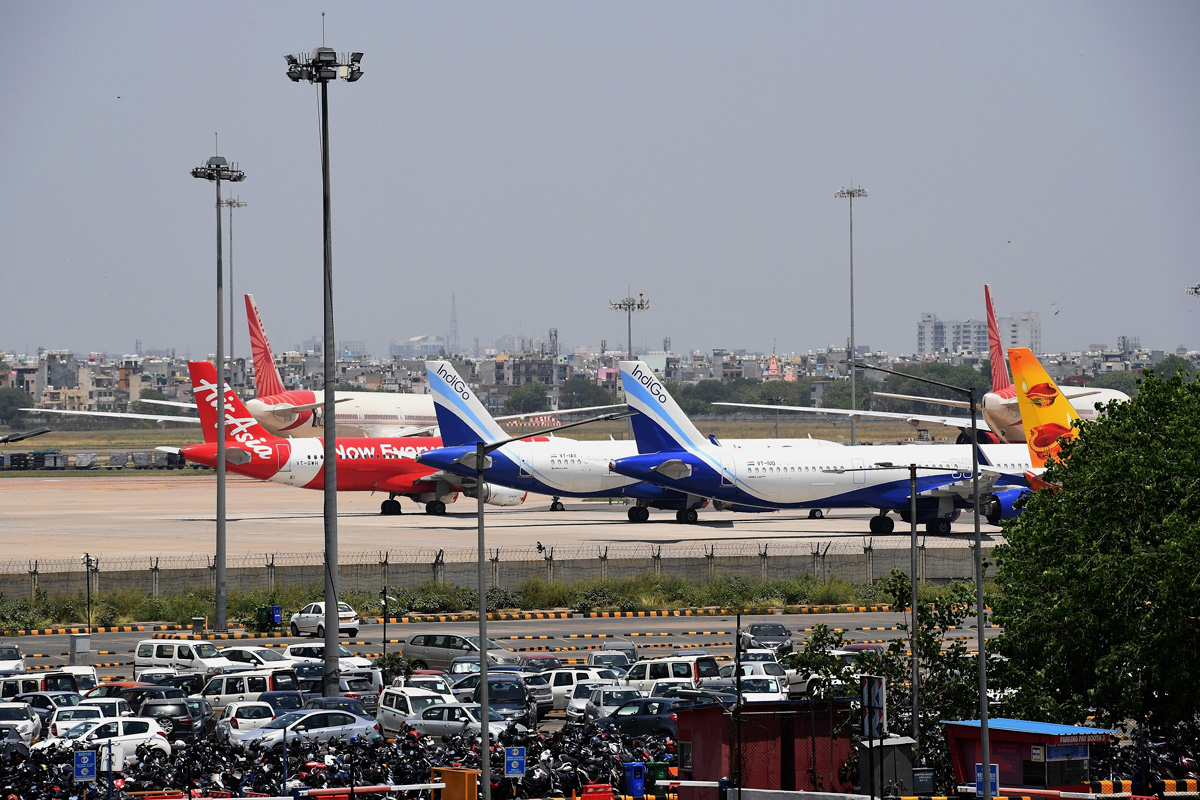Will MH370 mystery ever get solved?
It has been ten years since Malaysia Airlines passenger flight MH370 disappeared on 8 March 2014. To this day it remains one of the biggest aviation mysteries globally.
The Ministry of Civil Aviation has advised airlines to sensitize their Operations Control Centers (OCCs) and war-room representatives to ensure better coordination during adverse weather conditions, particularly fog.

representational image (AFP)
The Ministry of Civil Aviation has advised airlines to sensitize their Operations Control Centers (OCCs) and war-room representatives to ensure better coordination during adverse weather conditions, particularly fog.
This initiative focuses on improving real-time decision-making by ensuring airline staff understand on-ground airport operations, enabling more effective responses to flight delays or cancellations.
Advertisement
The Airports Authority of India (AAI) has implemented new Standard Operating Procedures (SOPs) for efficient Wide Area Traffic Management. These SOPs aim to regulate air traffic effectively at fog-affected airports, as well as at origin or destination airports.
Advertisement
All stakeholders, including Air Traffic Control (ATC), Airport Operations Control Centers (AOCC), Collaborative Air Traffic Flow Management (CATFM), and Airline OCCs, have been instructed to ensure close and real-time coordination.
To prepare for the fog season, the Ministry of Civil Aviation conducted a series of consultations over the past two months with airlines, airport operators, the Directorate General of Civil Aviation (DGCA), the Bureau of Civil Aviation Security (BCAS), the AAI, the Indian Meteorological Department (IMD), and the Central Industrial Security Force (CISF).
The Ministry emphasized the importance of seamless collaboration among stakeholders, including security agencies, to effectively address fog-related challenges.
These initiatives align with the Minister for Civil Aviation’s vision of promoting “Ease of Flying” by reducing delays and ensuring a smoother travel experience for passengers, especially during weather disruptions like fog.
Airlines have been instructed to maintain transparent communication with passengers about potential delays or cancellations caused by visibility issues. Booking agents and airlines must ensure accurate passenger contact information is recorded during ticket booking to facilitate timely updates.
Additionally, airlines have been reminded to cancel flights if delays exceed three hours. The DGCA has sensitized Online Ticketing Agents (OTAs) to enhance communication with passengers for a more convenient and seamless experience.
To address fog-related disruptions, DGCA has worked with airlines to deploy CAT II/CAT III-compliant crew and aircraft for Low Visibility Operations (LVO). At Delhi Airport, three runways are equipped with CAT III Instrument Landing Systems (ILS), including the crucial Runway 10/28.
Delhi Airport has also enhanced its infrastructure by installing LED screens at prominent locations to provide real-time visibility updates. Furthermore, the number of “Follow-Me” vehicles, used to guide pilots on the apron and taxiways during low visibility, has been increased to ensure smoother ground operations.
Advertisement